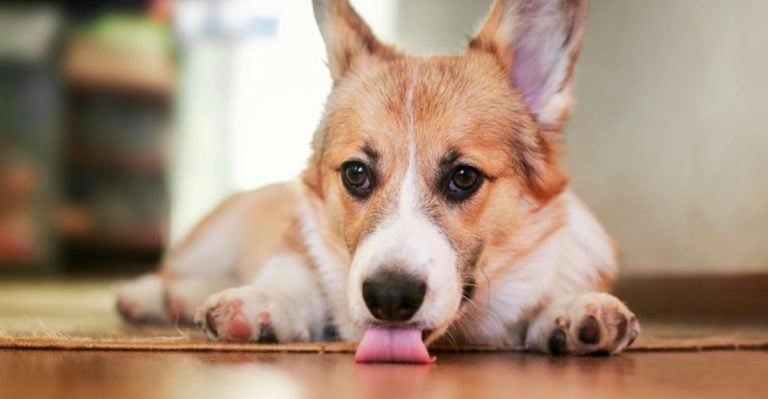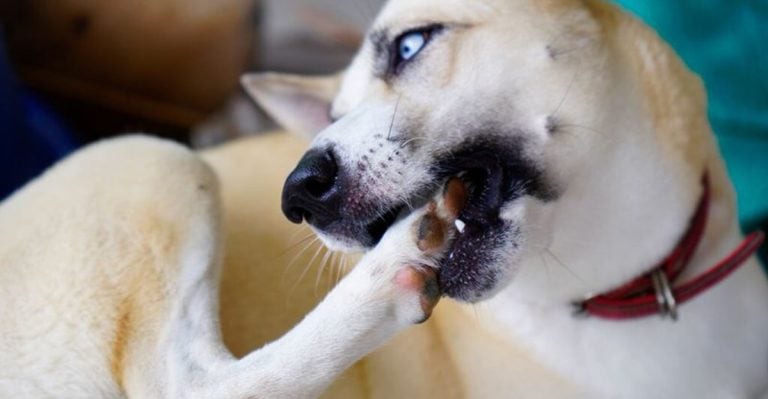15 Easy Moves To Keep Your Dog In Shape

Dogs need more than just short walks and food to stay healthy. Certain movements fuel their energy and keep their bodies in good working order. No two pups are alike, but these ten exercises can help them feel their best. Ready to keep those paws in motion?
Walks That Go Beyond The Block

Daily walks aren’t just about potty breaks. Dogs benefit from steady-paced strolls that engage their muscles and allow time for exploration. A 30-minute walk or less, depending on age or size, can help manage weight and keep joints flexible, especially in older dogs. Terrain variety adds extra physical and mental stimulation along the way.
Fetch With A Purpose

A well-thrown ball gets more than just a tail wag. Fetch helps build endurance and works muscles across the body while also sharpening reflexes during play. Use different toys like frisbees or rubber balls to work on various movements. Since young or high-energy dogs tire quickly, sessions should be timed and spaced to prevent exhaustion.
Stairs That Challenge Muscles

Short stair workouts strengthen leg muscles and build balance. Climbing stairs works both the front and hind limbs and significantly improves coordination. Just a few trips up and down can tire a dog sufficiently. However, always supervise to avoid overdoing it, especially in large or older dogs.
Obstacle Courses For Coordination

Backyard agility setups help dogs stay agile and focused by turning exercise into a fun and challenging activity. Weaving through cones or jumping small hurdles strengthens muscles, while crawling under low objects improves coordination. Work through this course together to add structure as you gradually increase the difficulty level.
Swimming For Low-Impact Fitness

Water workouts are ideal for dogs with joint concerns, as they provide gentle movement without added strain. Dogs engage every major muscle group in the water without stressing bones or ligaments. Whether it’s a pool or a hydrotherapy center, supervision is key. Over time, brief sessions improve stamina and allow dogs to stay cool.
Tug Games That Strengthen

Tugging on a rope might look like simple play, but it helps strengthen the jaw, shoulder, and neck muscles. With the right approach, tug games support impulse control and reinforce commands like “drop it.” Using a sturdy toy and allowing occasional wins keeps the activity fun and engaging.
Tracking And Scent Work

Scent trails tap into your pup’s natural abilities while encouraging physical activity. Hiding treats or favorite toys around the yard turns a simple game into a workout. This kind of play exercises the brain, too, but even sniff-heavy walks provide fitness by extending the time spent moving.
Hiking With Purpose

Longer trail walks over varied surfaces build stamina and muscle tone. Uneven paths force dogs to adjust their balance and pace, giving their body and brain a workout. Whether it’s a mild forest trail or a hill climb, maintaining a consistent pace prevents overexertion and enhances cardiovascular health.
Weight Pulling Basics

Pulling small weights under supervision trains strength and focus. A harness and cart or sled can introduce this gently, especially for working breeds that thrive on tasks. The goal isn’t speed—it’s steady, controlled effort. Start with light loads and consult a vet or trainer before adding resistance.
Stretches For Mobility

Stretching routines increase flexibility and reduce the risk of injury. For example, controlled leg extensions or gentle back stretches after a walk. Pups don’t need yoga, but consistent motion through full ranges promotes mobility, which is essential for aging dogs or those recovering from injury.
Paced Jog Sessions

Some dogs do well with running, but not every dog is a born jogger. Short bursts at a steady pace on soft surfaces can also boost stamina and cardiovascular fitness. Monitor your dog’s breathing and energy levels, and maintain a reasonable distance. Breeds with shorter muzzles may struggle in hot weather or during long runs.
Interactive Toys That Keep Them Moving

Treat-dispensing toys or motion-triggered launchers spark movement indoors. These simple tools provide dogs with something to chase or nudge, while keeping boredom and excess energy in check. The physical effort, although brief, accumulates throughout the day and helps maintain a balanced energy level between outdoor activities.
Group Play For Social Activity

Playdates with other dogs often involve wrestling or chasing, with playful running that reflects natural behaviors. The exercise varies depending on the group’s dynamics, but is often fast-paced and full-body. Supervising your dog is important to ensure everyone’s safety. Social play also supports their overall well-being.
Balance And Core Workouts

Standing on wobble boards or inflatable discs works muscles dogs don’t normally use. These exercises help build core strength and coordination, which supports better control overall. Start slow and reward stability as your dog balances on a slightly unstable surface for a few seconds to build noticeable control.
Rest Days With Gentle Movement

Every active dog benefits from a slower day now and then. Light movement, such as a short walk or a calm sniffing session, helps maintain rhythm without straining muscles. When you allow your pup’s body to recover naturally between more strenuous workouts, it supports their long-term fitness.






